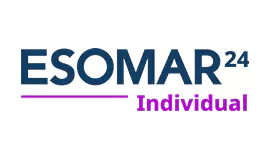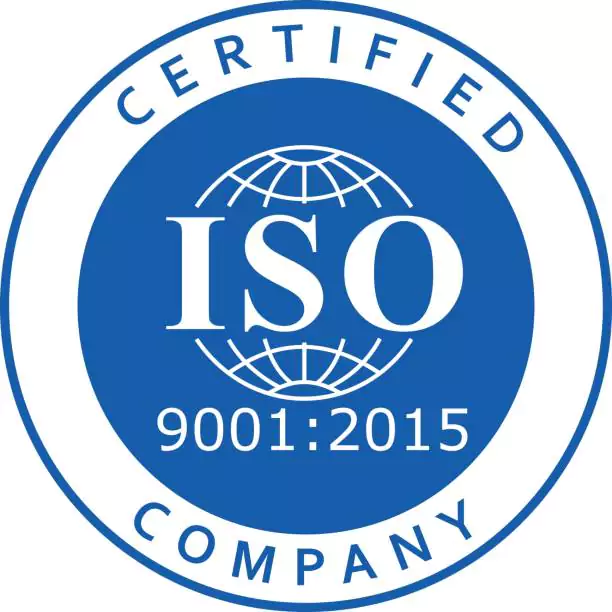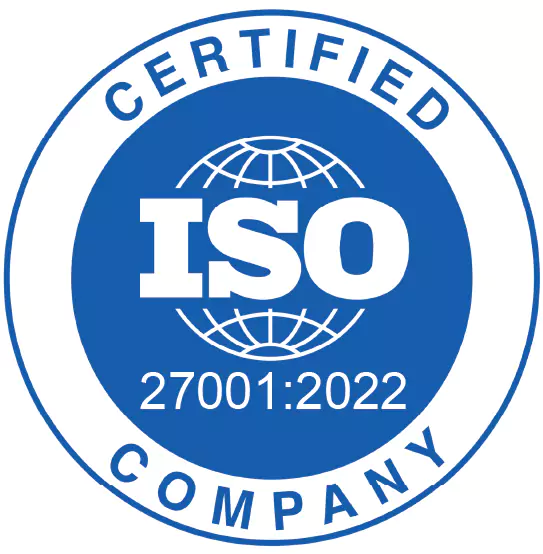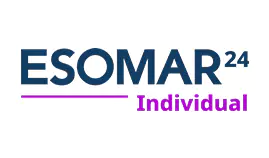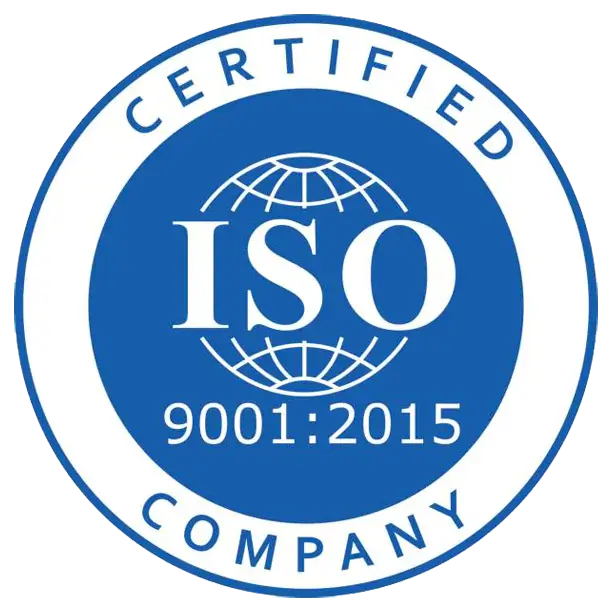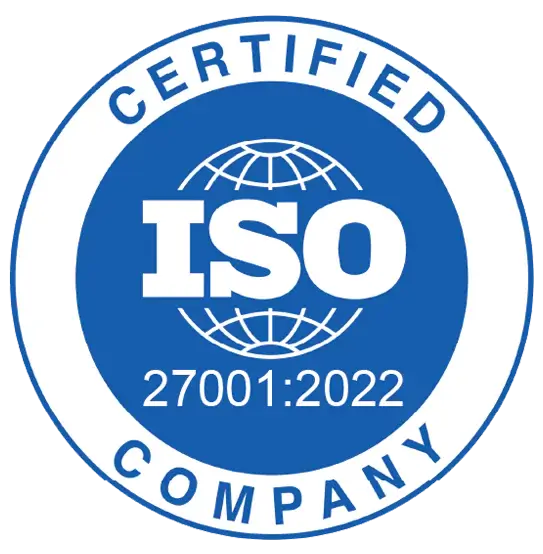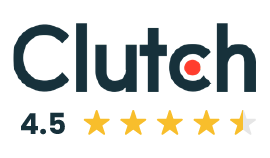
Multiple listing services (MLS) are crucial for real estate operations today. So, a good understanding of real estate MLS software development is a must for both newcomers and seasoned industry professionals. Custom MLS software can easily transform your business, allow you to streamline processes, attract new clients, and help to keep old ones satisfied. Before you decide to build your own multiple listing service, read our guide to better understand what role MLS software solutions play in the modern real estate industry, get familiar with key trends that will shape these products in the next few years, and learn about the basics of MLS real estate software development.
What is an MLS?
First thing first, let’s determine what is an MLS in real estate. The term refers to a centralized database that allows real estate agents and brokers to share information about various property listings. Multiple listing systems enable industry professionals to access property data, such as price, location, square footage, and other essential details. The main goal here is to encourage collaboration among real estate professionals by providing a united platform with crucial data, leveling the playing field and promoting fair competition within the real estate landscape .
Now, let’s talk about all the reasons why you should hire MLS software development services or build multiple listing systems with your own resources.
Advantages of MLS software development
Here are the main MLS real estate software benefits that can make the custom software development process worthwhile.
- Increased efficiency. MLS listing software significantly improves the efficiency of real estate transactions. Real estate agents can quickly search and filter listings based on various criteria, such as location, price range, and property type. This streamlined process reduces the time spent on manual searches and allows agents to focus on closing deals.
- Better collaboration. By creating a centralized platform for property listings, MLS software enables real estate industry professionals to easily share information. Collaborative environment increases the chances of finding great matches between buyers and sellers, leading to faster and more efficient real estate deals.
- Market reach. With multiple listing service software, real estate businesses can expand their reach by making MLS listings searchable and accessible to a wider audience. Capabilities for sharing listings across various channels, regions, and platforms allows agents to attract more potential buyers.
- Improved data management. Modern LMS solutions usually offer advanced tools for organizing, storing, and retrieving property information. These tools help to ensure that all property data is accurate, up-to-date, and easily accessible. Data management capabilities allow real estate professionals to reduce risk of error and avoid discrepancies.
- Customization capabilities. Custom real estate listing management software provides the flexibility to tailor the system to meet the specific needs of your business. Integrations with other professional tools and unique features allow companies to create solutions that align with their unique requirements and business goals.
Now, when it is clear why you should consider real estate MLS custom software development, let’s talk about must-have features you have to include in your product.
Essential features of real estate multiple listing service
If you want to build a successful MLS product, you need to know key features you should consider during software development.
- Search and filter options. Advanced search and filter capabilities allow users to find properties based on a wide range of criteria, including location, price, or property type. The ability to customize searches ensures that real estate agents can easily find the most relevant listings for their clients.
- Interactive maps. Property maps provide a visual representation of property locations, making it much easier for agents and buyers to understand the geographical context of a listing. Modern interactive maps also often include additional information, such as nearby facilities, schools, and transportation options.
- Automated property matching. This feature empowers MLS tools to automatically pair buyers with properties that match their unique criteria. IT saves time for both agents and clients by eliminating the need for manual searches.
- Mobile accessibility. An MLS mobile app enables agents to access property listings, contact clients, and manage transactions from their smartphones or tablets on the go. This functionality ensures that real estate professionals can stay productive, even when they're away from the office.
- Third-party integrations. MLS integration with third-party tools and products, such as CRM systems, marketing platforms, and financial software, is essential for streamlining real estate operations. Agents can easily manage all aspects of their business from a single platform, which improves efficiency and productivity.
- Comprehensive data. Comprehensive property information, such as high-quality photos, detailed descriptions, pricing history, and various specifications helps agents and buyers make more informed decisions and ensures that all parties have full access to accurate and complete data.
- User-friendly interface. For modern real estate software, having a user-friendly interface is critical, and multiple listing service solutions are no exception. Your platform should be intuitive and feature easy navigation, so users can quickly find and access any info they may need. Great design of your MLS is crucial for improving user experience and encouraging widespread adoption of your product.
- Secure data management. Real estate software solutions constantly handle great amounts of sensitive data, so your MLS platform needs to have the best security measures possible in order to protect user data and property info. These measures include but are not limited to encryption, secure login protocols, and regular updates that address potential vulnerabilities and weak points.
- Reporting and analytics. It is difficult to imagine today’s real estate software without advanced reporting and analytics capabilities. MLS should enable industry professionals to track market trends, monitor listing performance, and make data-driven decisions. It is also important to provide customizable reports and dashboards that offer insights into key metrics, such as average property prices, market demand, and sales performance.
- User roles and permissions. In order to accommodate needs of often diverse real estate teams, multiple listing service systems have to support multiple user roles and permissions. The ability to assign different levels of access to users based on their roles allows to make sure that sensitive information is only accessible to authorized users.
- Calculator. Users need to be able to calculate the price of the property, including taxes, loan interests, insurance rates, and other factors. This feature will make your platform much more user-friendly.
- Virtual tours. Advancements in VR/AR integrations made virtual tours available for an audience wider than ever. Now users expect such functionality from modern MLS software. Images and videos still play an important role, but virtual tours tend to significantly improve buyers’ experience.
Now, when we determine which features a multiple listing service for real estate has to include, it is time to move forward and talk about the actual custom software development process.
Custom MLS software development: key steps
Starting a real estate software development project may seem scary, especially for newcomers, but by following these easy steps you will be able to create an MLS solution that will keep agents and clients satisfied.
- Planning stage. You need to start with identifying the project scope. Identify the specific features and functionalities that the MLS system should include, the target audience, and overall business objectives. Also, conduct thorough market research and analyze your competitors. It will enable you to hire developers that align with your vision, meet the target audience’s needs, and stay within budget down the road.
- UI design. During this phase, you have to come up with a user-friendly interface for your MLS app that meets the needs of real estate professionals and buyers. Design the wireframes, create clickable prototypes, and test the UI for usability. Remember, that design should be responsive, which means that the MLS system is accessible on both desktop and mobile devices.
- Development team and tech stack. At this point, you need to decide on development team composition and hiring options. You can assemble an in-house full-time tech team, but remember that will cost you more and often not the most efficient way to develop real estate MLS. If you don’t have a team of software developers on your payroll, consider hiring a software development services provider with experience in real estate and MLS development in particular. When software developers are hired, together decide on tech stack.
- Software development. Now, the actual development process can start. This phase includes creating the back-end architecture, integrating third-party tools, and developing the front-end interface. The development process should be iterative, with regular testing and feedback to ensure that the software is functioning as expected. Also, don’t forget about security measures to protect your MLS database from breaches, such as encrypting sensitive information, securing the login process, and regularly updating the software to address potential vulnerabilities.
- Testing the product. To make sure that your custom MLS solution functions properly, your product needs to be tested rigorously. This process includes functional testing, usability testing, and security testing. When you are absolutely sure that your multiple listing service software doesn’t have any bugs or issues and is reliable, secure, and ready for deployment, you can launch your product.
- Deployment and ongoing support. The deployment process involves installing the software on the client's servers or cloud environment and configuring it for use. Your tech team should provide training and support to ensure that users can effectively use the MLS system. After deployment, ongoing support and maintenance are crucial for the long-term success of the MLS software. This includes regular software updates, security patches, and technical support to address any issues that may arise.
By following these basic guidelines and finding a reliable multiple listing service software development partner, you can create a modern MLS that will continue to meet the needs of real estate professionals. But to really make your solution future-proof, you have to understand technology trends that shape these applications.
Real estate MLS software trends
In software development it is extremely important to plan ahead and stay informed about emerging technologies and approaches that impact digital solutions. Let’s take a look at the key trends that will continue to change real estate solutions, including MLS systems.
- AI and machine learning. Artificial intelligence and machine learning are revolutionizing the way MLS software operates. AI-driven MLS platforms today can analyze user behavior and personal preferences to provide tailored recommendations, making the property search process more efficient and aligned with the individual needs. Predictive analysis with ML algorithms can predict market trends, forecast pricing changes, and help identify potential investment opportunities.
- Mobile-first approach. Accessibility is crucial for users across various industries, and real estate is no exception. The mobile-first approach has become a significant trend in MLS development, allowing real estate professionals to access listings, client information, and market data while on the go. MLS mobile app services are more important than ever and enable agents to work efficiently whether they're in the office, at a property showing, or meeting with clients. Features like push notifications, mobile-friendly user interfaces, and offline access to data are already pretty much standard and we can expect even more emphasis on mobile development.
- IoT integrations. Internet of Things (IoT) devices and sensors are transforming usual homes into smart interconnected environments. MLS software can leverage IoT data to offer insights into property maintenance, energy efficiency, and overall livability, making it easier for clients to make informed decisions based on real-time information. IoT integrations also provide a unique selling point, as they can highlight the benefits of these connected devices to potential buyers.
- Emphasis on data security. Real estate professionals handle a lot of sensitive information daily, from client details to financial data, making robust security measures essential. Today MLS data is usually protected with advanced encryption techniques, multi-factor authentication, and regular security audits. With cybersecurity threats evolving, we will see even more emphasis on comprehensive security measures in the near future.
Now, it is obvious that real estate MLS can benefit almost any real estate company. But you probably wonder about the cost of creating custom MLS solutions. Let’s try to figure out at least a ballpark estimate.
How much does multiple listing service for real estate cost?
It is always difficult to determine a custom real estate software development cost. The exact amount depends on so many factors, including on the complexity and number of features, development team location and composition, and timeframe. Custom MLS software development cost varies from $100,000 to over $500,000.
Multiple listing service products have their own intricacies. You need to set up and maintain a secure and efficient database. Costs include database design, licensing fees if you are using a proprietary database system, and possibly hiring an administrator. The setup and maintenance might cost between $20,000 and $100,000.
Remember about additional costs, such as initial and ongoing security costs, compliance consultations and audits, maintenance and user support, and marketing budget.
Conclusion
Building a real estate MLS is not an easy task, but it is worth it. Multiple listing service software can significantly enhance the efficiency and effectiveness of your real estate business. By understanding essential features, development process key steps, and latest trends that impact these solutions, you will be able to create your own MLS product that will become a game changer for your business. Our MLS guide will help you to unlock new opportunities, reach a broader audience, and achieve your business goals more efficiently.
